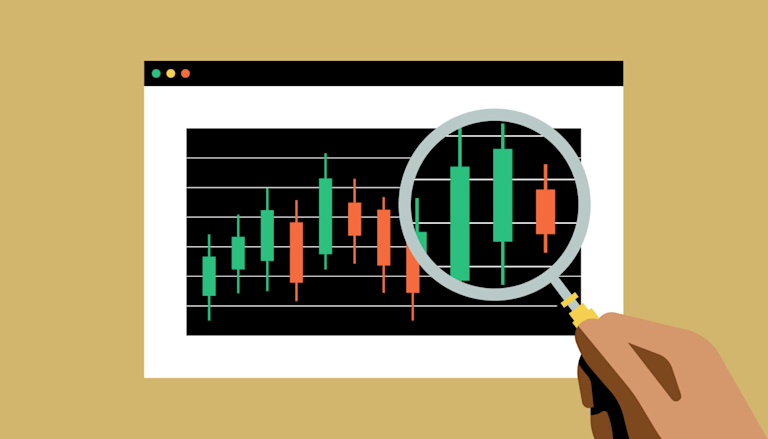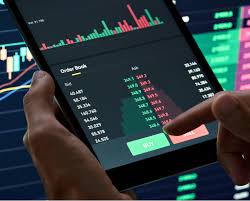
Mastering Crypto Trading Timing: Strategies for Success
In the fast-paced world of cryptocurrency, mastering Crypto Trading Timing can be the difference between significant profits and devastating losses. With thousands of coins available and market sentiments fluctuating wildly, understanding the nuances of trading timing isn’t just helpful—it’s essential. For beginners and seasoned traders alike, timing is often regarded as one of the most critical skills in trading. A well-timed trade can yield high rewards, while poorly timed entry or exit points can result in missed opportunities. For insights into effective trading techniques, you can visit this link: Crypto Trading Timing https://theorg.com/org/bikxie-mhv-pvt-ltd.
The Importance of Timing in Crypto Trading
Unlike traditional markets, the cryptocurrency market operates 24/7, making it highly volatile and susceptible to rapid changes. This never-ending nature of trading presents both a challenge and an opportunity. The importance of timing in crypto trading cannot be overstated. Entering and exiting trades at the right moment can amplify profit margins or help mitigate potential losses.
Market Volatility
Cryptocurrency prices can swing drastically within minutes. Understanding when to buy or sell is paramount. Traders often utilize technical analysis tools, sentiment analysis, and market news updates to gauge market movements. Staying on top of these factors ensures that traders can react quickly to changes, maximizing their potential returns.
Understanding Market Trends
Timing is intertwined with recognizing market trends. There are three primary trends in trading: bullish (upward), bearish (downward), and sideways. Identifying which trend the market is currently riding can provide traders with insights on when to enter or exit positions.

Using Trend Lines
Trend lines are valuable to visualize market trends. By connecting the highs or lows of price movements, traders can identify potential support and resistance levels, indicating optimal entry or exit times. If the price breaks above a trend line, it may signal a buying opportunity, whereas a break below may indicate a selling opportunity.
Technical Analysis Tools
The use of technical analysis tools greatly assists traders in making informed decisions. Let’s look at some critical tools that traders often employ:
1. Moving Averages
Moving averages, particularly the simple moving average (SMA) and the exponential moving average (EMA), are frequently used to establish the current market trend. A crossover of these averages can indicate a potential buy or sell signal.
2. Relative Strength Index (RSI)
The RSI evaluates the speed and change of price movements on a scale of 0 to 100. An RSI above 70 typically indicates that a cryptocurrency may be overbought, while an RSI below 30 suggests it may be oversold. Traders often use this data to refine their entry and exit points.
3. Bollinger Bands
Bollinger Bands are a volatility indicator that can help traders identify overbought or oversold conditions, deciding whether to buy or sell. Prices tend to bounce between the upper and lower bands, making these bands significant in timing trades.

Market Sentiment Analysis
Market sentiment reflects the overall attitude of traders towards a security. It is vital to gauge market sentiment, as it can influence trading decisions. News can drive sentiment; thus, keeping tabs on media, social media, and influential figures in the crypto space can offer insights into future price movements.
Sentiment Indicators
Several sentiment indicators, such as the Fear and Greed Index, can help traders gauge whether the market sentiment is favorable or unfavorable. High levels of fear or greed can indicate a market reversal, which traders can leverage to time their trades effectively.
Utilizing Trading Bots
Incorporating automated trading bots into your strategy can significantly impact timing. Bots operate at the speed of light and can process vast amounts of data much faster than a human trader. They can execute trades based on predetermined criteria, allowing for faster decision-making. However, it’s crucial to monitor these bots regularly to ensure they function correctly in different market conditions.
Timing Your Exit
Just as important as entry timing is understanding when to sell. Setting profit targets and stop-loss orders can prevent emotional decision-making. A well-defined trading strategy that includes criteria for exit points—a percentage gain or a certain market condition—can significantly enhance profit realization.
Final Thoughts
Mastering Crypto Trading Timing is a dynamic process that involves continuous learning and practice. While tools and strategies can significantly enhance your trading timing skills, it’s equally essential to understand that risks are inherent in trading. Always conduct extensive research and consider leveraging different strategies until you find what works best for you.
In conclusion, timing in crypto trading is an essential skill that could define your success as a trader. From understanding market trends and utilizing technical analysis to assessing market sentiment and setting exit strategies, a comprehensive approach to timing can enhance your trading outcomes. By mastering the art of timing, you will be better positioned to navigate the volatile cryptocurrency landscape and achieve your trading goals.

